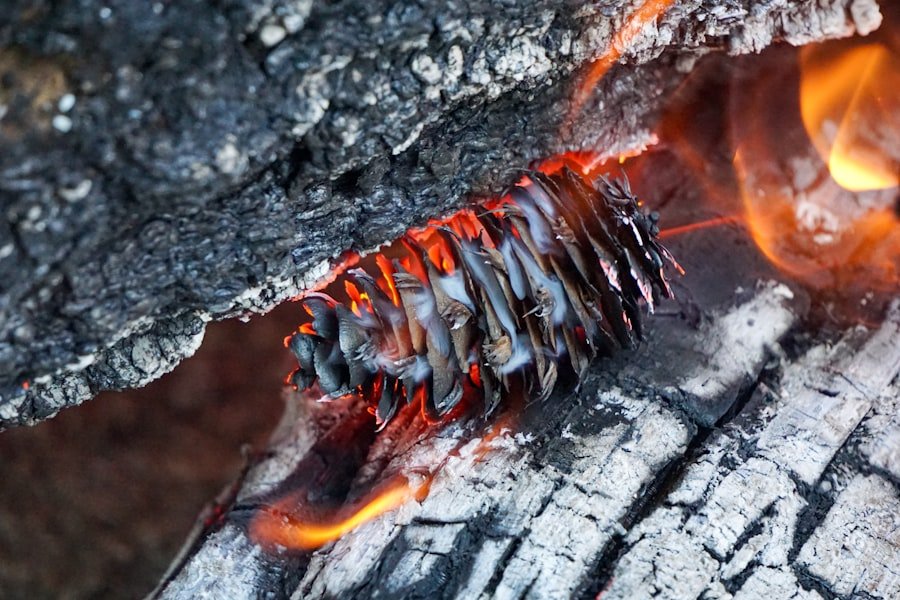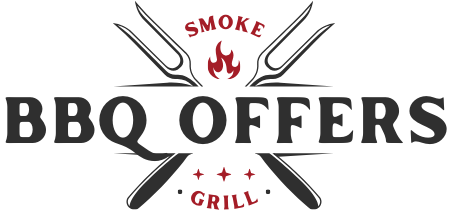Mastering the Art of Grilling: Techniques for Perfect BBQ

When it comes to grilling, the first step I take is selecting the right grill that suits my needs. The market offers a plethora of options, from charcoal and gas grills to electric and pellet grills. Each type has its unique advantages and disadvantages, and understanding these can significantly enhance my grilling experience.
For instance, I often find that charcoal grills provide a distinct smoky flavor that is hard to replicate with gas. The process of lighting the charcoal and waiting for it to reach the perfect temperature adds an element of anticipation that I genuinely enjoy. However, I also appreciate the convenience of gas grills, which allow me to start cooking almost instantly with just the turn of a knob.
In addition to fuel type, I consider the size and portability of the grill. If I plan to host large gatherings, a larger grill with ample cooking space becomes essential. On the other hand, if I’m looking for something more portable for camping trips or tailgating, a compact grill is ideal.
I also pay attention to features such as side burners, warming racks, and built-in thermometers, which can enhance my grilling capabilities. Ultimately, choosing the right grill is about aligning it with my cooking style and the occasions I plan to use it for.
Understanding Different Cuts of Meat and How to Grill Them
Once I have my grill set up, the next step is understanding the different cuts of meat and how best to grill them. Each cut has its own characteristics, and knowing how to treat them can make all the difference in achieving a delicious result. For example, I’ve learned that tougher cuts like brisket or chuck benefit from low and slow cooking methods, allowing the connective tissues to break down and become tender.
Conversely, tender cuts like filet mignon or ribeye are best grilled quickly over high heat to preserve their juiciness and flavor. I also pay attention to the thickness of the meat when grilling. Thicker cuts require more time on the grill, while thinner cuts cook quickly and can easily become overdone if I’m not careful.
I often use a meat thermometer to ensure that I’m hitting the right internal temperatures for safety and quality. Understanding these nuances not only helps me achieve better results but also deepens my appreciation for the art of grilling.
Mastering the Art of Seasoning and Marinating

Seasoning and marinating are crucial steps in my grilling process that elevate the flavors of the meat. I’ve discovered that a simple seasoning of salt and pepper can go a long way, but I also enjoy experimenting with various spice blends and marinades. A good marinade not only adds flavor but can also help tenderize tougher cuts of meat.
I often use ingredients like olive oil, vinegar, citrus juices, garlic, and herbs to create a balanced marinade that complements the natural flavors of the meat. Timing is essential when it comes to marinating. I’ve learned that while some meats benefit from a quick soak of just 30 minutes, others need several hours or even overnight to fully absorb the flavors.
Additionally, I always make sure to reserve some marinade before adding it to raw meat so that I can use it later as a sauce without any food safety concerns. This practice not only enhances my dishes but also allows me to create a cohesive flavor profile throughout my meal.
Perfecting the Technique of Direct and Indirect Grilling
| Grilling Technique | Direct Grilling | Indirect Grilling |
|---|---|---|
| Heat Source | Directly under the food | Away from the food |
| Cooking Temperature | High heat (400-450°F) | Medium heat (350-400°F) |
| Cooking Time | Shorter cooking time | Longer cooking time |
| Best for | Steaks, burgers, vegetables | Whole chickens, roasts, ribs |
| Flavor | Charred and caramelized | Smoky and tender |
Understanding direct and indirect grilling techniques has transformed my approach to cooking on the grill. Direct grilling involves placing food directly over the heat source, which is perfect for quick-cooking items like burgers, steaks, and vegetables. I love how this method creates those beautiful sear marks while locking in juices.
However, I’ve also learned that not all foods are suited for direct grilling; some require a gentler approach. Indirect grilling is my go-to method for larger cuts of meat like whole chickens or ribs. By placing the food away from the heat source, I can cook it slowly and evenly without burning the exterior.
This technique allows me to infuse flavors through wood chips or herbs placed near the heat source while maintaining moisture in the meat. Mastering both techniques has given me greater flexibility in my grilling repertoire, enabling me to tackle a wider variety of dishes with confidence.
Grilling Vegetables and Fruits for a Complete BBQ Experience
Grilling isn’t just about meat; I’ve come to appreciate the vibrant flavors of grilled vegetables and fruits as well. Vegetables like bell peppers, zucchini, and asparagus take on a delightful smokiness when grilled, enhancing their natural sweetness. I often toss them in olive oil and seasonings before placing them on the grill, ensuring they don’t stick and cook evenly.
The charred edges add a wonderful texture that complements any grilled meal. Fruits are another delightful addition to my grilling repertoire. Pineapple, peaches, and watermelon transform into caramelized treats when exposed to high heat.
I love serving grilled fruit as a refreshing dessert or even as a side dish alongside savory meats. The combination of sweet and smoky flavors creates a well-rounded BBQ experience that leaves my guests raving about the meal long after it’s over.
Tips for Achieving the Perfect Grill Marks and Char

The Art of Achieving Perfect Grill Marks
Achieving those coveted grill marks is an art form that requires skill and practice. The key to mastering this art lies in proper preheating; a well-heated grill is essential for creating an immediate sear that locks in moisture while forming those beautiful crosshatch patterns that are so visually appealing.
Optimizing Grill Space for Even Cooking
To achieve even cooking and prevent steaming, it’s crucial to leave enough space between items on the grill. This simple yet effective technique allows for air to circulate and heat to distribute evenly, resulting in perfectly cooked food. Additionally, avoiding frequent flipping is also essential, as patience is key to developing those perfect char marks.
Techniques for Enhancing Presentation and Flavor
When flipping food, rotating it 90 degrees halfway through cooking on each side is a simple yet effective technique for achieving those signature crosshatch marks. This attention to detail not only enhances the presentation of grilled dishes but also adds depth to their flavor profile. By incorporating these techniques into your grilling routine, you’ll be well on your way to creating mouth-watering, visually appealing dishes that are sure to impress.
Mastering the Art of Temperature Control for Perfectly Grilled Meats
Temperature control is perhaps one of the most critical aspects of grilling that I’ve come to appreciate deeply. Each type of meat has its ideal cooking temperature, and using a reliable meat thermometer has become an indispensable tool in my grilling arsenal. For instance, chicken should reach an internal temperature of 165°F for safety, while beef can be enjoyed at varying degrees depending on personal preference—rare at 125°F or well-done at 160°F.
I also pay attention to ambient temperature when grilling outdoors; factors like wind and humidity can affect cooking times significantly. By adjusting my heat source accordingly—whether by moving coals around or adjusting gas burners—I can maintain consistent temperatures throughout the cooking process. This level of control ensures that every piece of meat comes off the grill perfectly cooked and bursting with flavor.
Safety Tips and Best Practices for Grilling Success
Safety is paramount when it comes to grilling, and I always make it a priority before firing up my grill. One of my first steps is ensuring that my grill is clean; leftover grease can pose a fire hazard, so I make sure to scrub grates thoroughly after each use. Additionally, I keep a spray bottle filled with water nearby in case of flare-ups while grilling; this simple precaution gives me peace of mind as I cook.
I also practice safe food handling by keeping raw meats separate from cooked foods to avoid cross-contamination. Using separate utensils for raw and cooked items is another best practice that I adhere to religiously. Lastly, I always ensure that my grill is placed in an open area away from flammable materials like wooden decks or overhanging branches.
By following these safety tips and best practices, I can focus on enjoying the grilling experience while ensuring everyone’s safety at my gatherings. In conclusion, grilling is an art form that combines technique, knowledge, and creativity. From choosing the right grill to mastering temperature control and safety practices, each step contributes to creating delicious meals that bring people together.
As I continue to explore new flavors and techniques, I find joy in sharing my passion for grilling with friends and family, making every BBQ an unforgettable experience.






